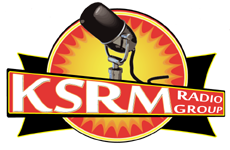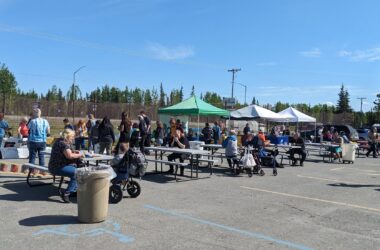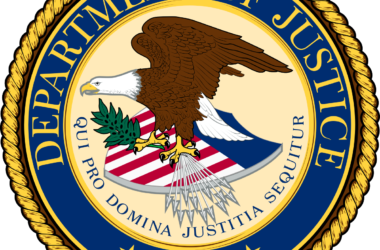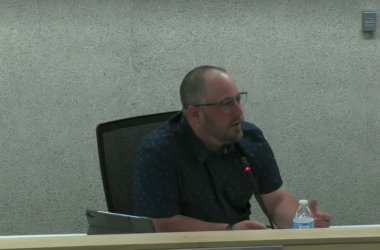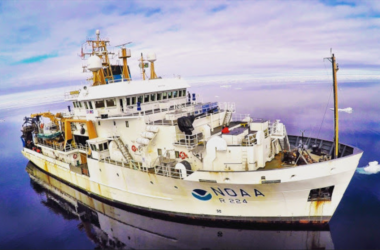An incident in Yellowstone National Park last week caused a bison calf to be euthanized after tourists loaded it into their trunk because they were concerned for their welfare. Alaska’s Department of Fish and Game says these incidents happen more often than you’d think.
Ken Marsh with the ADF&G says he didn’t work for the Department when he experienced a similar situation…
Marsh: “Years ago I was actually driving the Glenn Highway on the windy stretch east of Sutton. I came around a corner about this time of year, there was a car without a state plate, a sedan, pulled over, with the trunk open and people actually had a newborn moose calf trying to stuff it into the trunk.”
He says, just like the Yellowstone tourists, the people he encountered explained that they were concerned about the animal being “orphaned” because the mother didn’t appear to be around.
Unlike the story in Yellowstone, Marsh was able to convince them to release the baby moose.
The story in Yellowstone ended much more tragically however: the tourists loaded the bison calf into their vehicle and took it to a ranger station. Park staff were unable to reunite the calf with its herd and the young animal had to be put down because it kept approaching people and cars along the road.
Marsh says in Alaska, it isn’t only the tourists who have attempted to save wildlife babies, people with good intentions come from everywhere.
He outlined what people can do if they suspect a baby animal is in trouble…
Marsh: “First of all, don’t get near the baby because mom’s probably nearby, certainly in the case of a cow moose or a sow bear, things can get ugly pretty quick if they see you moving in on their baby. If you see the baby animal, stop, kind of look around you and it’s probably best to go back the way you came.
If you see a baby animal that’s been left in the field for an extended period of time, like a minimum of 24 hours to 48 hours without mom being around, the right thing to do is to go ahead and give your nearest Department of Fish and Game office a call.”
Marsh says, in addition to putting yourself and the baby wildlife in danger, touching and feeding Alaska’s wild animals is illegal and can cost you hundreds of dollars.
